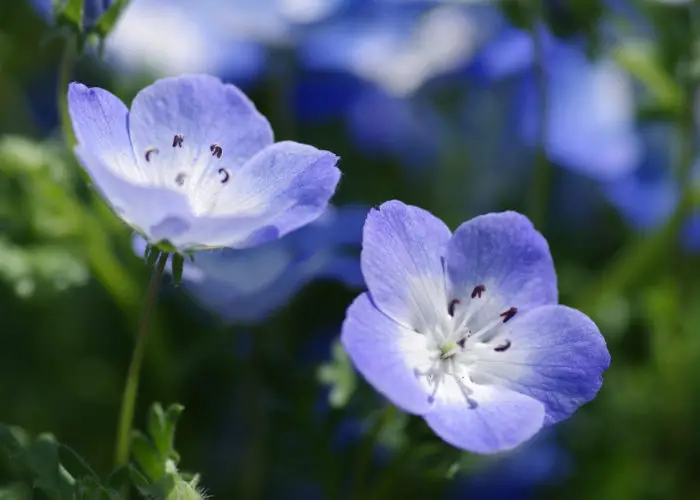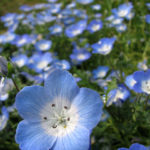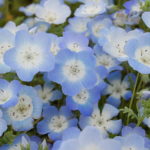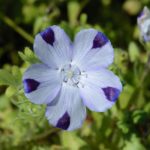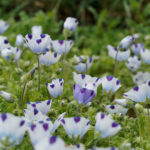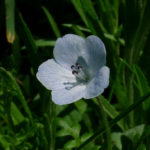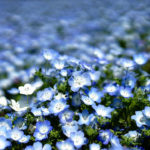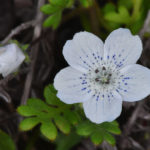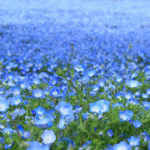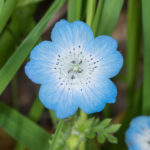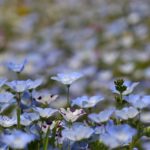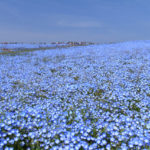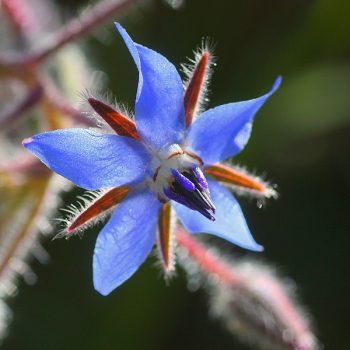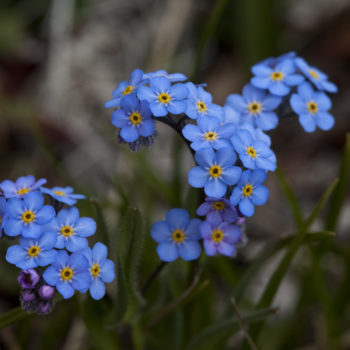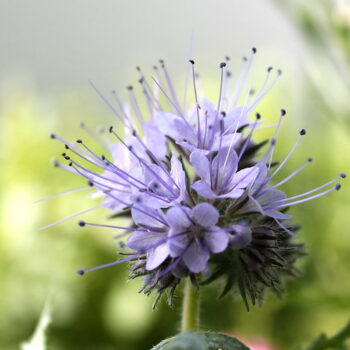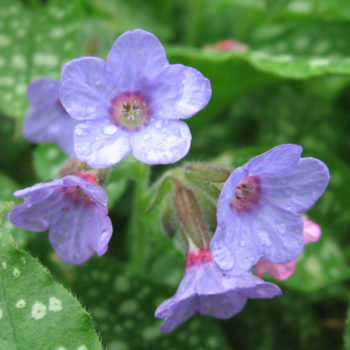Name meaning
The scientific name “Nemophila” comes from the Greek words “nemos”, which means “wooded pasture” or “glade” and “phileo”, meaning “to love”, in reference to the habitat of some species.
Most of the species of this genus contain “baby blue eyes” in their common names, because of their sky blue color. Nemophila menziesii is commonly known as “Baby Blue Eyes”. Nemophila parviflora is called “Smallflower Baby Blue Eyes”, while Nemophila spatulata is known as “Sierra Baby Blue Eyes”. Nemophila pulchella is also known by the common name “Eastwood’s Baby Blue Eyes”.
Nemophila symbolism
Nemophila represents victory and success.
Interesting facts about Nemophila
Fivespot (Nemophila maculata)
Nemophila maculata, commonly called Fivespot, is an annual wildflower native to California.
It is an attractive species that has been known for its distinctive, rounded purple spots at the tip of each petal. The foliage is very attractive too.
Nemophila at Hitachi Seaside Park
Hitachi Seaside Park, also known as Hitachi Kaihin, is a wonderful park located in Hitachinaka, Ibaraki, Japan that features vast flower gardens including millions of daffodils, tulips and an estimated more than four million Nemophilas.
It is one of the most famous tourist destinations in Japan. The park has many kinds of seasonal flowers all year around, but it is most beautiful in spring when the blue Nemophila flowers go into bloom in an event known as “Nemophila Harmony“. Nemophila flowers bloom at the 3,5-hectare Miharashi Hills, located at 60 m (200 ft) above sea level, offering an incredible view of the flowers, blue sky and the ocean.

